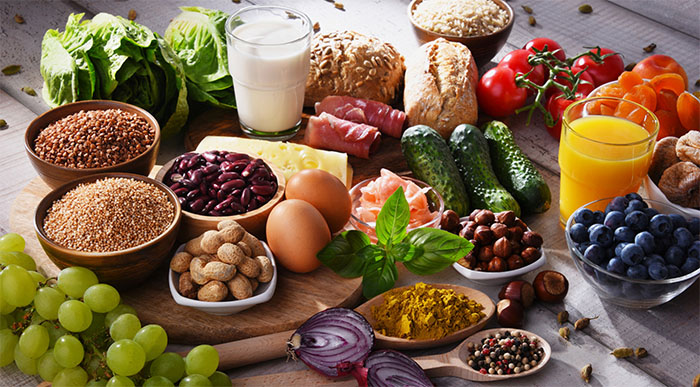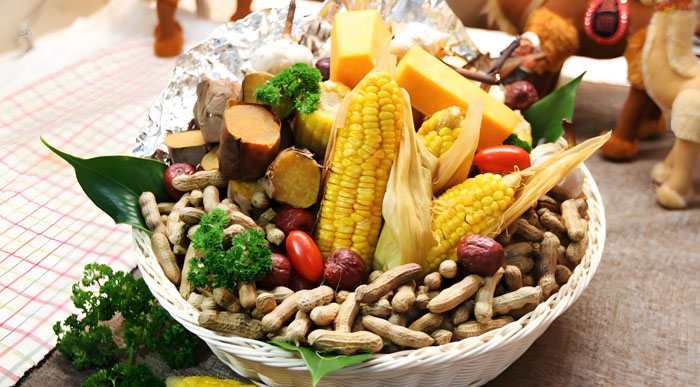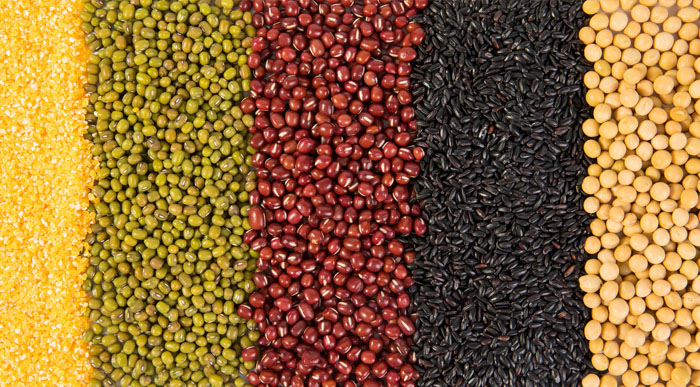- Login
- Cart{{shopingCartNum}}
- English
For diabetes patients, controlling the intake of staple foods is key to managing blood sugar. Additionally, selecting staple foods with a low glycemic index is ideal. These types of foods can slowly release sugar, reducing drastic fluctuations in blood sugar levels.
Therefore, it is recommended that diabetes patients moderately consume staple foods with a slow glycemic response in their diet, while reducing the intake of fast-acting staple foods. This approach is beneficial for stabilizing and managing blood sugar levels.

Sweet Potatoes: with a glycemic index of 53, sweet potatoes have low sugar content and are rich in dietary fiber, providing a strong sense of fullness. It is advisable to consume boiled or steamed sweet potatoes and limit the consumption of baked sweet potatoes.
Potatoes: with a glycemic index of 62, potatoes have low sugar content and a slow glycemic response, providing a strong sense of fullness.
Corn: with a glycemic index of 55, despite its sweet taste, corn has relatively low sugar content, resulting in a relatively minor impact on blood sugar levels.
Black Rice: with a glycemic index of 55, black rice has relatively low sugar content, is rich in dietary fiber, and can be mixed with white rice for consumption, offering kidney-nourishing benefits.
Oats: with a glycemic index of 55, oats have low sugar content, high nutritional value, and are effective in reducing cholesterol, making them suitable for elderly diabetic patients.
Whole Grains: with a glycemic index of 54, such as buckwheat or oatmeal, they are low in calories and sugar, but excessive consumption is not recommended.
Chinese Yam: with a glycemic index of 51, Chinese yam has low sugar content, moderate calorie levels, and provides a strong sense of fullness, suitable for partially replacing staple foods.
Taro: with a glycemic index of 48, taro has a slow glycemic response and relatively low sugar content, aiding in increasing a sense of fullness and reducing blood sugar fluctuations.

Leafy Vegetables: such as spinach, Chinese broccoli, lettuce, celery, and water spinach, these vegetables are rich in dietary fiber, aiding in controlling blood sugar.
Cruciferous Vegetables: such as broccoli, cauliflower, Chinese cabbage, and radish, they contain antioxidants that contribute to overall health.
Solanaceous Vegetables: such as eggplant, tomato, and cucumber, these vegetables contain a variety of vitamins and minerals beneficial for diabetes patients.
Root Vegetables: such as carrots, lettuce, potatoes (in moderation), and sweet potatoes (in moderation), they are rich in dietary fiber and vitamins.
Legumes: such as mung beans, red beans, black beans, and chickpeas, legumes are rich in protein, dietary fiber, and minerals, but should be consumed in moderation.
Bitter Melon: Bitter melon contains a substance called polypeptide-P, a natural insulin, which helps lower blood sugar.

For non-diabetic individuals, the normal value for fasting blood sugar is not exceeding 6.1 mmol/L (110 mg/dL). For diabetes patients, fasting blood sugar should be controlled between 3.9-5.6 mmol/L (70-100 mg/dL).
Postprandial 2-hour blood sugar levels for non-diabetic individuals should generally be below 7.8 mmol/L (140 mg/dL). For diabetes patients, postprandial 2-hour blood sugar should be controlled as much as possible between 4.4-6.7 mmol/L (80-120 mg/dL).
This is an indicator of the average blood sugar level over the past 3 months. For non-diabetic individuals, the normal range for HbA1c is usually less than 5.6%. For diabetes patients, HbA1c should be controlled between 4.0-6.5%.
It should be noted that the normal ranges for these indicators may be adjusted based on individual constitution, age, severity of the condition, and the presence of other complications. Patients should follow personalized treatment advice from their doctors, regularly monitor their blood sugar levels, and adjust their treatment plans as needed to achieve optimal blood sugar control.